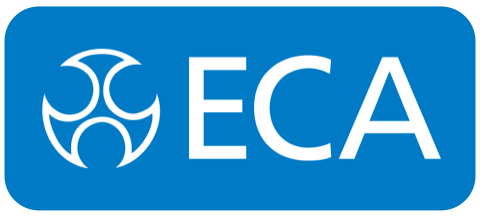- Home
- News
How to Ensure Your Home's Electrical Safety with a Comprehensive Check
When it comes to maintaining a safe and comfortable living environment, the importance of a thorough Home Electrical Check cannot be overstated. Electrical systems are integral to our daily lives, powering everything from lighting and heating to appliances and entertainment systems. However, with frequent use over time, these systems can develop issues that pose significant risks, including electrical fires, shocks, and outages. By investing in a comprehensive electrical inspection, homeowners can identify potential hazards and address them before they escalate into severe problems.
A proactive approach to your home's electrical safety not only protects your property but also ensures the well-being of you and your family. During a Home Electrical Check, trained professionals evaluate wiring, outlets, circuit breakers, and grounding systems, ensuring they comply with safety standards. This essential maintenance measure not only provides peace of mind but can also enhance the efficiency of your electrical systems, ultimately leading to lower energy bills. In this blog, we will explore the critical steps you should take to conduct an effective electrical check and safeguard your home against electrical dangers.
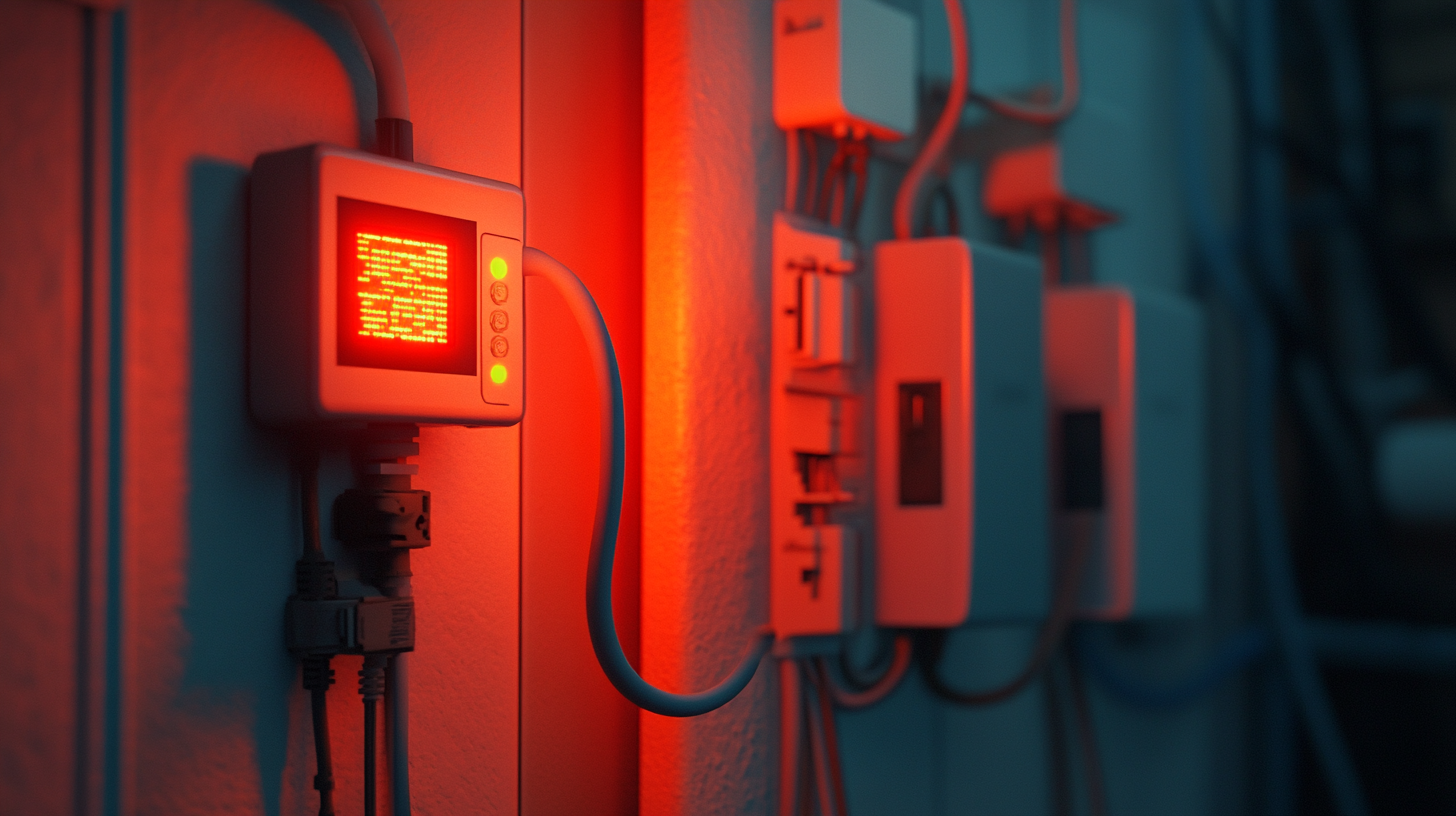
Importance of Regular Electrical Inspections for Home Safety
Regular electrical inspections are crucial for maintaining home safety and preventing potential hazards. According to the National Fire Protection Association (NFPA), electrical failures or malfunctions are the second leading cause of home fires, responsible for approximately 13% of reported incidents. Routine inspections can help identify faulty wiring, outdated electrical systems, and other risks that may not be visible to homeowners. A comprehensive electrical inspection typically includes checking the condition of wiring, outlets, circuit breakers, and grounding systems. The U.S. Consumer Product Safety Commission (CPSC) reports that more than 30,000 electrical injuries occur each year, many of which could be prevented with proper oversight. By engaging a qualified electrician for regular inspections, homeowners can discover potential issues early on, thereby reducing the risk of accidents and costly repairs. Moreover, many insurance companies offer discounts for homes that undergo regular maintenance checks, including electrical inspections. This not only underscores the importance of electrical safety but also provides financial incentives for homeowners to prioritize these inspections. In conclusion, incorporating regular electrical inspections into home maintenance routines is essential for safeguarding families and protecting properties from the dangers of electrical hazards.
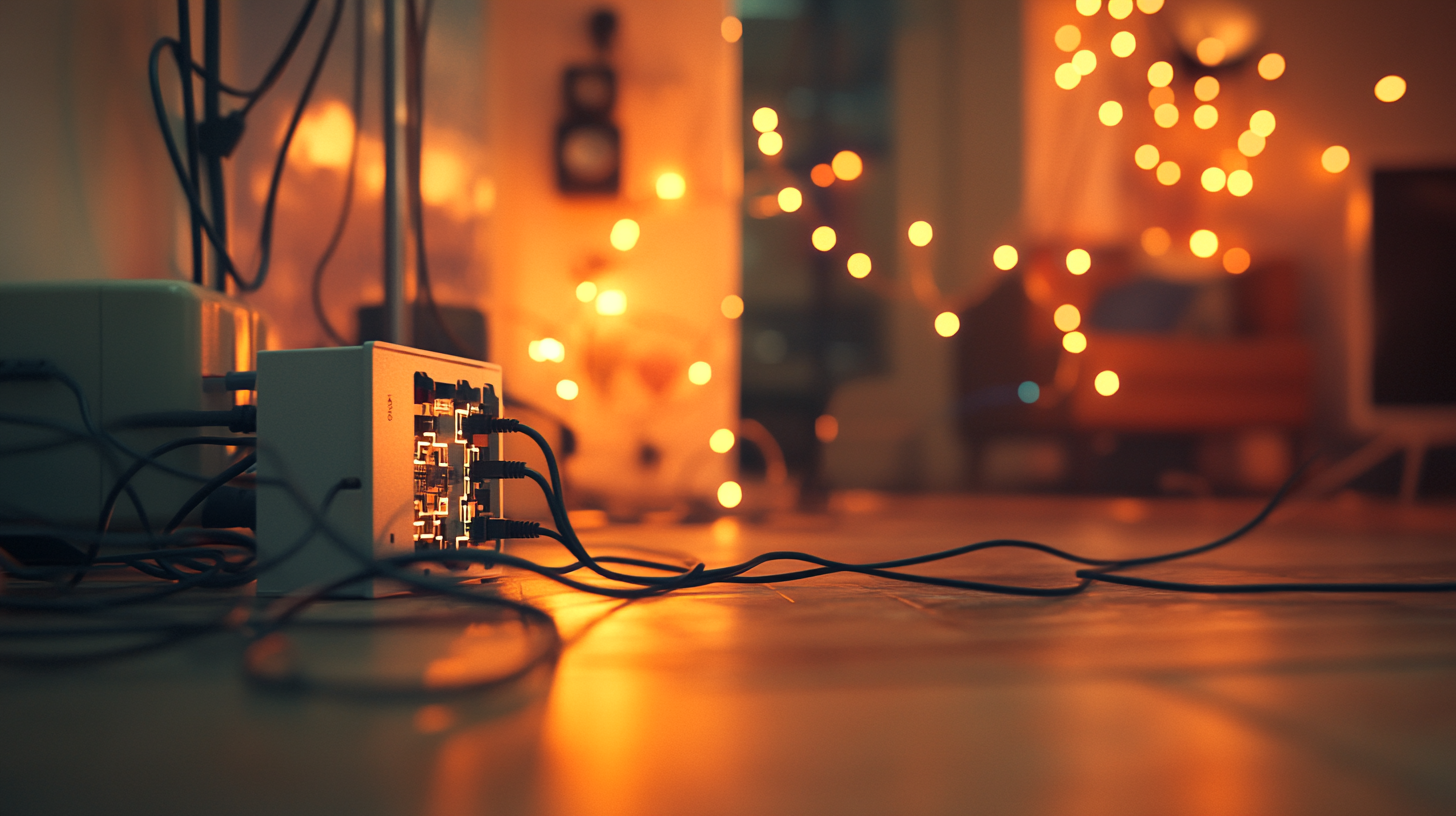
Common Electrical Hazards in Residential Properties and How to Identify Them
Electrical safety in residential properties is crucial, given the variety of potential hazards present in the average home. One of the most significant risks comes from common household appliances and wiring, which can lead to electrical fires if not properly maintained. Studies indicate that electrical fires account for 10% of all reported home fires, resulting in over $1 billion in property damage annually. Homeowners should routinely inspect their electrical systems for wear and tear, including frayed wires, overloaded circuits, and outdated electrical panels.
The presence of damp conditions or mould can also contribute to electrical hazards. Health Canada recognizes that indoor mould growth not only poses respiratory risks but can also compromise the integrity of electrical components. Moisture can lead to short circuits or corrosion, significantly increasing the likelihood of electrical failure. Homeowners are encouraged to address any signs of moisture damage promptly, as neglecting this can lead to dangerous situations, especially in spaces with high humidity levels like bathrooms and kitchens.
Moreover, overlooked fire hazards squarely connected to electrical issues, such as obstructed or overloaded power outlets, exacerbate the risk of fire. Reports have shown that cooking fires, often initiated by appliances left unattended, account for 23% of home fires. Homeowners should take proactive measures by ensuring that flammable materials, like towels and curtains, are kept at a safe distance from heat sources. Regularly checking the condition of appliances and their proximity to other materials can drastically reduce these risks.
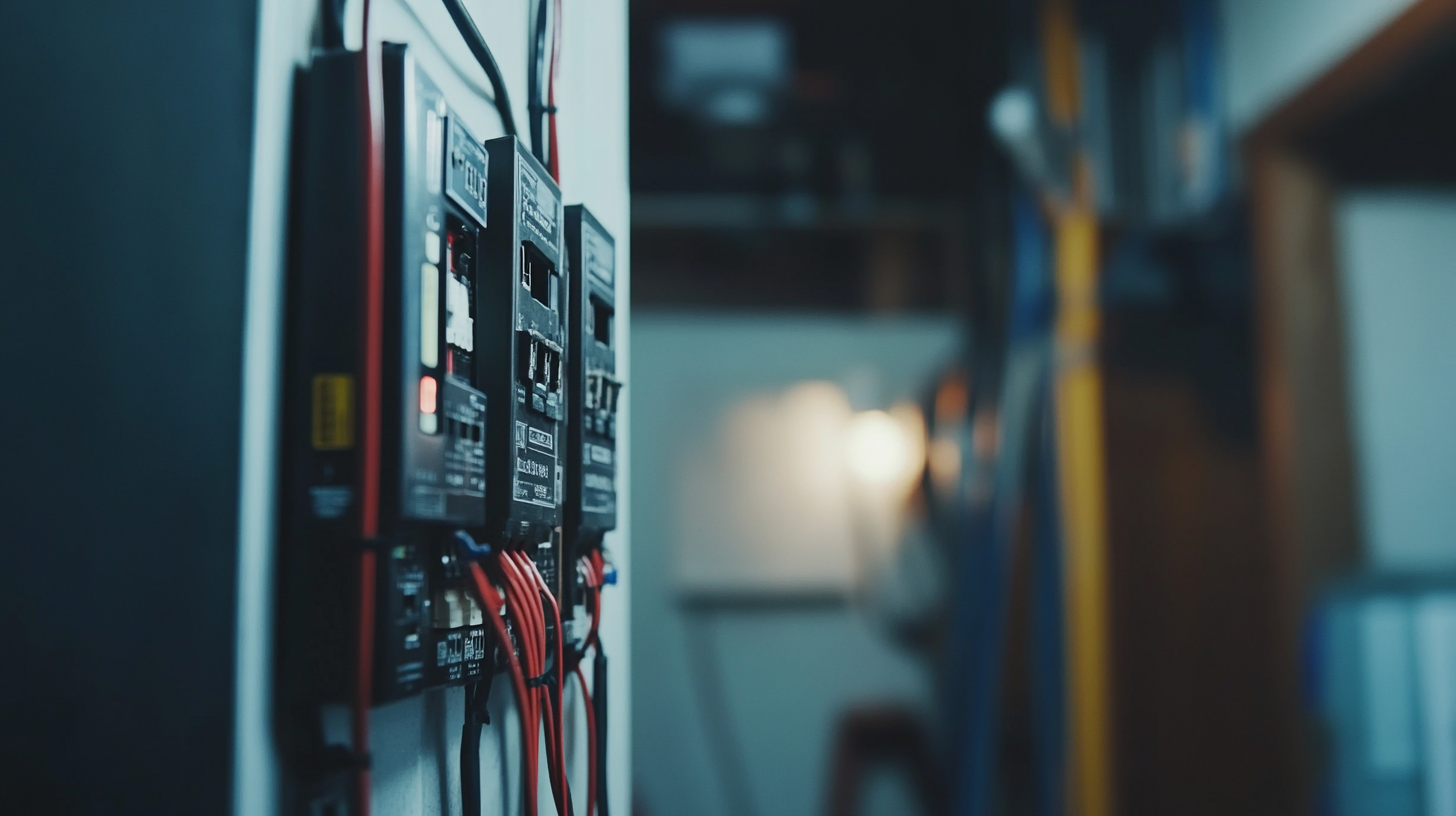
Essential Tools and Equipment for Conducting a Home Electrical Check
When conducting a thorough home electrical check, having the right tools and equipment is essential for ensuring safety and compliance with industry standards. According to the National Fire Protection Association (NFPA), electrical failures or malfunctions were responsible for an estimated 46,700 home fires in the United States from 2014 to 2018, resulting in significant property damage and loss of life. To mitigate these risks, homeowners should equip themselves with the necessary instruments for a comprehensive evaluation.
One of the primary tools for any electrical check is a multimeter. This versatile device measures voltage, current, and resistance, making it invaluable for diagnosing electrical issues. The Electrical Safety Foundation International (ESFI) emphasizes that using a multimeter can help detect faulty wiring and prevent potentially dangerous electrical conditions. Additionally, circuit testers or receptacle testers are essential for verifying the functionality of outlets and ensuring they are correctly wired, which is vital for preventing shock hazards.
Furthermore, a non-contact voltage tester is critical for safety. This tool allows users to check for live wires without direct contact, significantly reducing the risk of electric shock. The U.S. Consumer Product Safety Commission (CPSC) states that using non-contact testers can prevent over 30,000 electrical injuries annually by enabling quick and safe identification of live circuits. With these essential tools in hand, homeowners can confidently conduct checks, reinforcing their home's electrical safety and enhancing overall peace of mind.
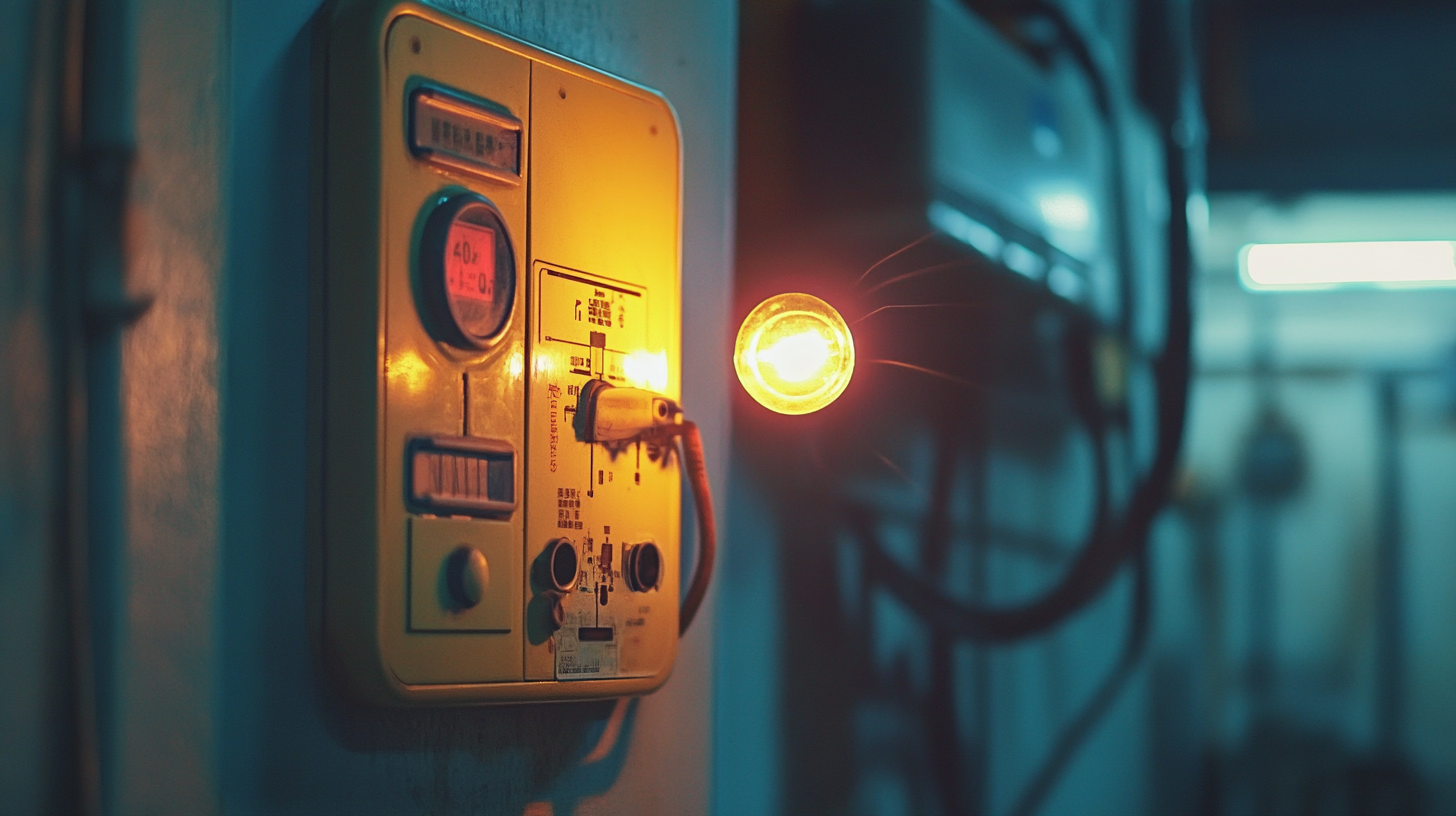
Step-by-Step Guide to Performing a Comprehensive Electrical Safety Assessment
When it comes to ensuring your home’s electrical safety, performing a comprehensive electrical safety assessment is crucial. This step-by-step guide will help you effectively evaluate your electrical system, identify potential hazards, and ensure compliance with current safety standards. Start by identifying the main electrical panel, and check for any signs of corrosion, overheating, or inadequate labeling of circuit breakers.
Next, inspect the wiring throughout your home. Look for frayed, damaged, or exposed wires, as these can significantly increase the risk of electrical fires. Pay special attention to areas where wires connect to devices or outlets, ensuring all connections are secure and grounded. Additionally, test all outlets and switches to confirm they function correctly and safely, using a multimeter if necessary.
Once you have assessed the physical aspects of your electrical system, evaluate your home for compliance with up-to-date safety codes such as NFPA 70B. This involves understanding the latest regulatory changes, which became effective in January 2023. If any discrepancies are found, consider consulting with a licensed electrician who can provide professional insights and carry out any necessary repairs or upgrades. By following these steps, you can ensure your home remains safe and up to code, ultimately protecting your family and property.
When to Hire a Professional Electrician for In-Depth Safety Inspections
When it comes to maintaining a safe home, electrical systems often take a backseat in terms of attention. However, ensuring electrical safety is paramount to protecting your family and property from potential hazards. Knowing when to hire a professional electrician for in-depth safety inspections is essential in preventing electrical accidents and failures.
If you notice flickering lights or frequently tripped circuit breakers, it’s time to call in a professional. These may seem like minor inconveniences, but they could signal deeper electrical issues that need expert evaluation. An electrician can conduct a thorough inspection, identifying problems such as overloaded circuits and outdated wiring that can pose serious safety risks.
Additionally, if your home is older and hasn’t been inspected in quite some time, scheduling a safety inspection is critical. Homes built several decades ago may not meet current safety standards and could lack essential upgrades like ground fault circuit interrupters (GFCIs) in wet areas. An experienced electrician will not only assess the current state of your electrical system but also recommend necessary updates to enhance safety and efficiency.
Remember, regular safety inspections are not just about fixing problems; they are about prevention. By engaging a professional electrician periodically, you ensure that your home remains a safe haven, free from the dangers of electrical malfunctions. Prioritizing these inspections is a smart investment in your home’s long-term safety.
